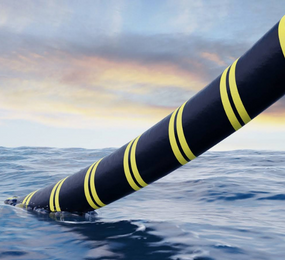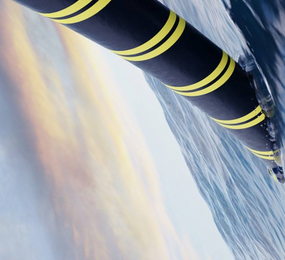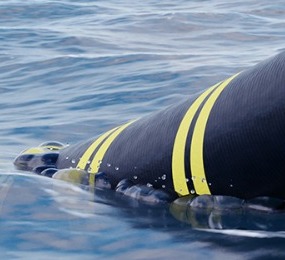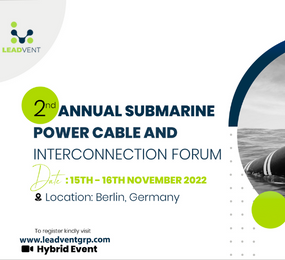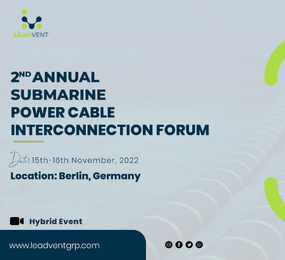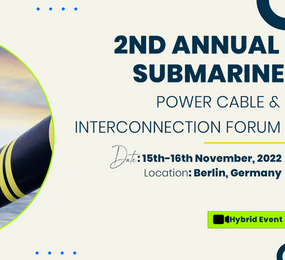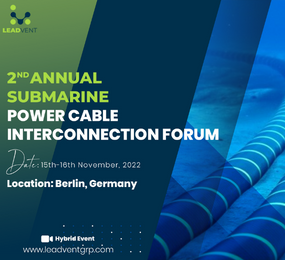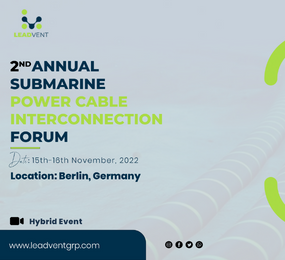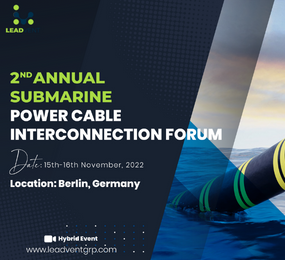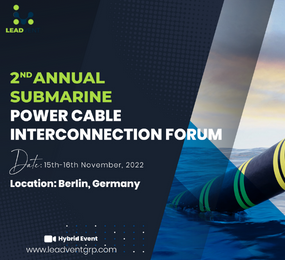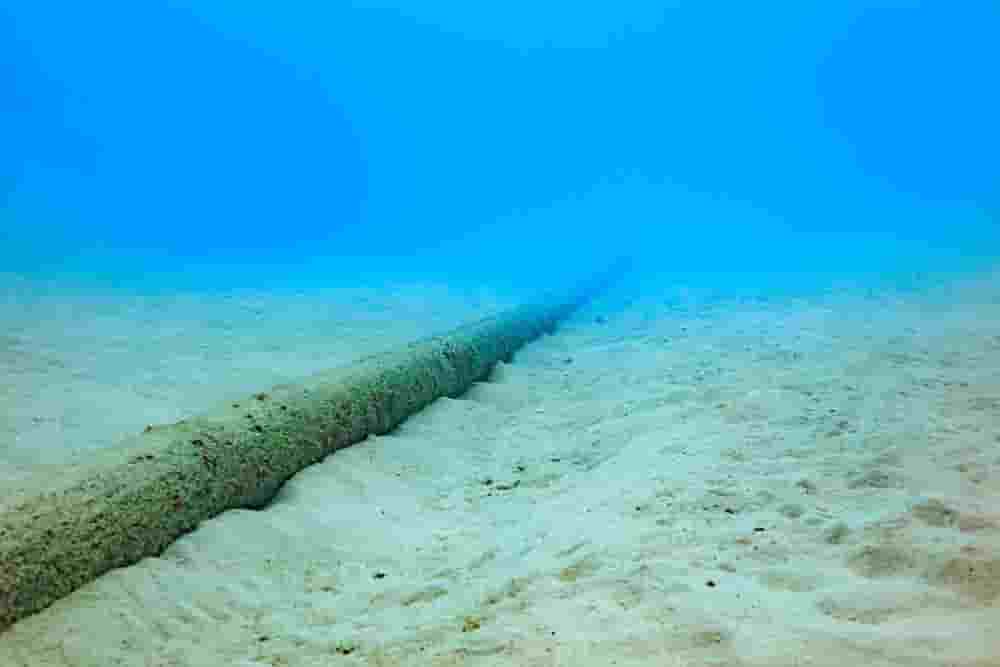Subsea Cable Operation, Maintenance and Repair
Submarine data cables are placed beneath the ocean and connect individuals all over the world to data and information, whereas submarine electrical cables, such as those used on wind farms, transport power.
Differences between the two kinds of cables
Data cables are constructed from a tiny number of glass fiber optic strands roughly the diameter of a human hair. The majority of the cable serves as both shielding for these strands and conductive material to power the wires. The final product size varies depending on the level of protection required: thicker, more protected cables are typically found along the beach in shallow water, while thinner cables are buried deep beneath the ocean.
To maintain the signal strong, repeaters are placed every 40-80 kilometers. Submarine power cables range in diameter from around 70mm to more than 210mm and can be either AC or DC. AC cables are often utilized for distances of 80 kilometers or less, whereas greater distances necessitate DC cables and higher voltages. AC cables are three cores in a bundle or placed separately. DC cables are mono-polar or bi-polar, with the two conductors placed individually or as one, depending on the system.
Why do undersea cables require maintenance?
Failure of a cable can cause damage, but this is extremely rare. Earthquakes can cause damage to wires. Sharks will occasionally gnaw on the cables, although this is uncommon and typically does little harm. Trawling by fishing boats and ships laying anchor can snag and quickly destroy the cables, which are not buried very deeply in the sea bed.
What methods are used to repair undersea cables?
Some of these cables traverse the ocean to connect continents and are often placed deeper beneath the ocean's surface than Mount Everest, making repairs time consuming.
The first stage in mending an undersea cable that might be thousands of kilometers long is determining the location of the damage. Internet and phone outages, or, in the event of an electrical cable, a power outage, reveal the general location. Because data cables are fiber optic, a light pulse that would ordinarily travel all the way to the other end is delivered via the cable. Broken fibers return the light pulse, and engineers may use the time it takes for the pulse to return to pinpoint the exact position of the break.
Undersea power cables determine the approximate location of the break, then deploy a Remotely Operated Vehicle, or ROV, equipped with fault detecting tools to locate the damage. Some reasons, such as an anchor hit, are obvious, while others require additional investigation. Once the break has been identified, a cable ship is deployed to fix it. All they have to do is brave the elements, pirates, and marine monsters to get their dose. Cable lay and repair vessels are outfitted with dynamic positioning devices in order to remain on station during repairs. These devices, which are critical to the repair process, maintain vessels in a certain spot during winds, waves, and even storms.
How to safeguard submarine cables?
Metal wrapping or a metal tube can protect cables from shark attacks. Maps for fishing vessels are freely distributed to fishermen in the expectation that they will not fish over such wires. But, especially with data connections, the information that goes through them is more important than the wires themselves. How to safeguard the data contained within the cables? Countries take precautions to prevent specific firms from owning too much data, yet the globe has 750,000 miles of underwater communication cables without which individuals cannot operate.
These cables carry over 95% of all phone and data traffic for individuals and governments. Cables can be tapped for information or severed to significantly delay international communication. In the future, there may be a greater focus on government protection of the cables.
Visit our website to know more: https://bit.ly/3zWlx4i
For more information and group participation, contact us: [email protected]
Leadvent Group - Industry Leading Events for Business Leaders!


